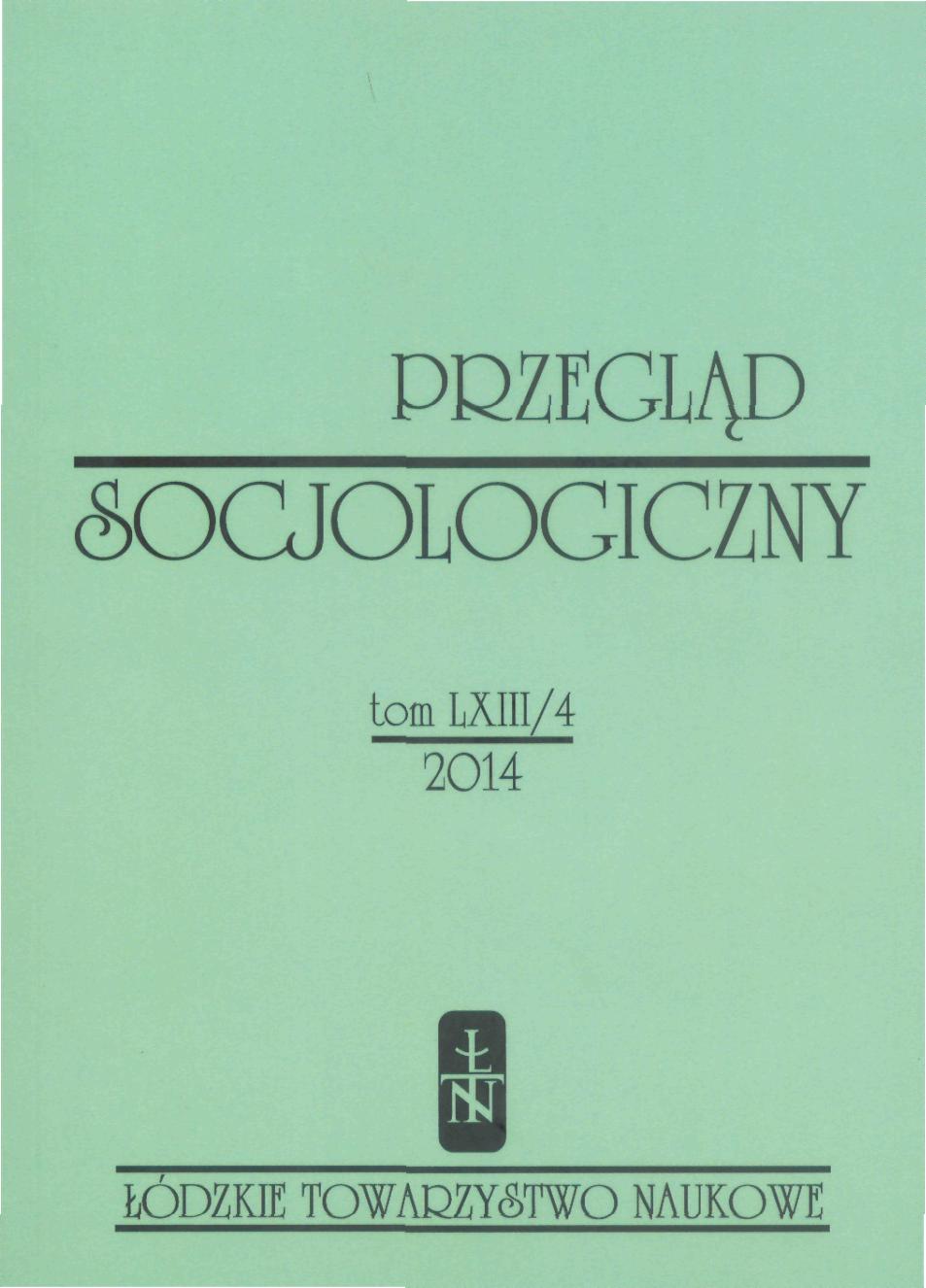Droga do „szarej strefy”. Społeczne mechanizmy wykluczenia
The Road to the Shadow Economy. Social Mechanisms of Exclusion
Author(s): Anna Baczko-Dombi, Anna GizaSubject(s): Labor relations, Economic policy, Sociology of the arts, business, education, Economic development
Published by: Łódzkie Towarzystwo Naukowe
Keywords: shadow economy informal economy; social exclusion; unregistered labour; education; labour; jobs; job biography; social capital;
Summary/Abstract: The ‘shadow’ (also called ‘grey’ or ‘informal’) economy is a multidimensional, complex phenomenon. Its size and specific features are shaped by various policies – e.g. taxation, labour costs, labour market institutions, economic conditions, social attitudes and habits, as well as regional differentiation and mobility costs. However, these are economic analyses that dominate in the the field of shadow economy, and their focus is on its size and shape. Within the framework of an extensive study for the Ministry of Labour and Social Policy, we have developed a specialized substudy devoted to exploring the social aspect of the this segment of the economy. The main focus was on identifying the trajectories which lead people into taking unregistered jobs and work, and attempting to understand the social perception of the shadow economy. The results suggest that unregistered work is a specific, fully legitimate social system which provides people with various benefits: not only economic (avoidance of taxation), but also social and psychological. The mechanisms of recruitment in the unregistered labour market sector (i.e. shadow economy) are clearly linked to inefficiencies of the education system, low mobility in the context of the strong regional variation of local labour markets, the dynamic development of the service sector, and low trust in public institutions. Bearing in mind recent developments and trends – especially in the retirement system – we may predict that the grey economy will rather grow than diminish.
Journal: Przegląd Socjologiczny
- Issue Year: 63/2014
- Issue No: 4
- Page Range: 107-137
- Page Count: 31
- Language: Polish

